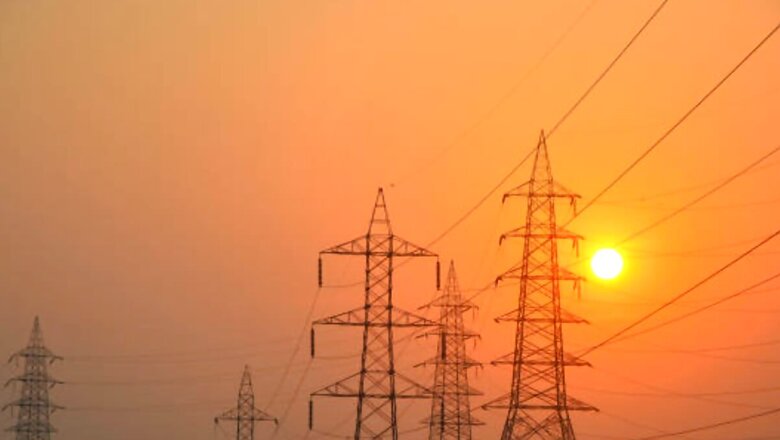
views
India can avoid new coal capacity additions after 2030, if the battery storage costs fall to half of the current levels, shows a new modelling study done by global think tank Ember and TERI. This implies a 15 per cent fall in the battery costs every year until 2030.
Currently, nearly three-quarters of country’s electricity is generated from coal — the most polluting fuel. India’s journey to net-zero by 2070 as committed at COP26 in Glasgow hinges on strategic phasing down of coal-based power. While the government is yet to set a clear timeline for phasing down coal, experts say, the key is to make battery storage cost-effective to meet the electricity demand through solar power (renewable energy) even during the night.
“Energy storage holds the key for decarbonisation of electricity generation; reduction in cost of various storage options would accelerate the energy transition in economies,” said K Saxena, Senior Director of Electricity and Renewables at TERI.
The team explored the least-cost pathways for the energy supply-storage mix which could help India to meet its future electricity demand from 2024 to 2032. They evaluated various scenarios where cost of battery energy storage system (BESS) declines and its impact on coal generation and capacity build-up.
According to the modelling done, the least-cost pathway is where the initial period is marked by slowdown of coal generation as more renewable energy (RE) is built — after which coal generation plateaus as RE-plus storage becomes even cheaper and finally a period of absolute decline in coal generation as RE-plus storage becomes more cost-effective than the existing coal plants.
So, if the current BESS cost (excluding the cost of financing) is Rs 13 million/ MWh and is declining at a rate of 7 per cent per year, then for a least-cost pathway, the costs will need to fall by 15 per cent every year and reach around Rs 6 million/MWh — drop by more than 50 per cent to enable India to avoid new coal capacity, especially for meeting the night time power demand.
“Planners will now need to consider strategies for shifting solar generation to non-solar hours to ensure that the pace of the transition does not slow down. Therefore, while declining battery storage costs are crucial, it’s also important to focus on increasing annual renewable energy (RE) capacity, securing necessary financing, and enhancing coal plant flexibility,” said Neshwin Rodrigues, the Electricity Policy Analyst at Ember.
Experts also underscored the need for Viability Gap Funding to facilitate this decline in battery costs. By 2032, renewable energy could meet as much as 83 per cent of electricity demand during daytime, but only 38 per cent during non-solar hours due to current storage limitations.
The study is significant for policymakers to plan an effective power sector transition as India’s electricity demand is projected to grow by nearly 6 per cent in the next decade. In the financial year (FY) 2023-24, electricity demand grew by 7.8 per cent, while India recorded its highest-ever peak demand of 250 GW on May 30, 2024.




















Comments
0 comment